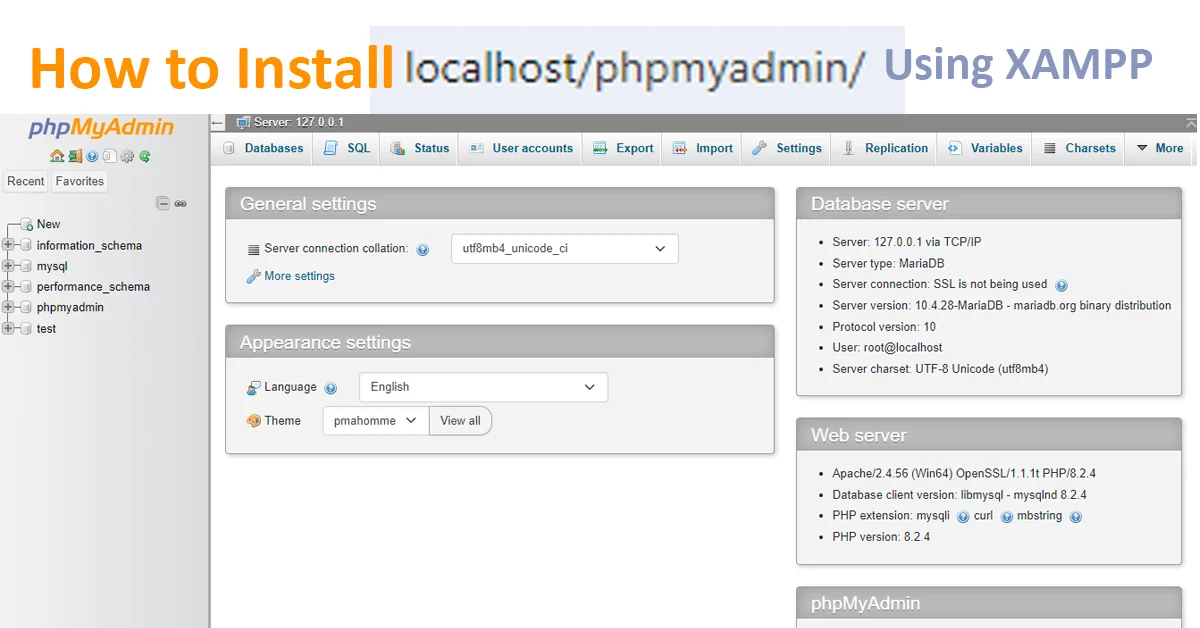Dealing with problems on basic shared hosting servers is pretty common. To fix these server issues, people often switch to affordable VPS servers and move their websites to more powerful solutions. Although moving your website to a new VPS provider can be technical. You need to have a step by step process to migrate website to a new VPS Server.
Whether you’re switching for better speed, saving money, or better customer support, moving your website to a new VPS provider helps keep your site stable and easy to access. The key is to plan properly and follow each step, like backing up your data, setting up your new server, and testing everything before launching.
Process to Migrate Website to a new VPS Server:
Here are some easy steps mentioned that can be followed to migrate website to a new VPS server. The Overall process might take some time, so have patience.
Assess Your Present Provider
When planning for migration, make sure you assess your current VPS provider properly before starting the process. Consider factors like:
- Performance: Review your website’s performance in terms of speed, availability, and utilization of the resources.
- Cost: Compare your existing hosting expenses to those of your potential new hosting providers. For instance, users migrating to MilesWeb’s VPS hosting solutions, users have experienced 40% savings from their previous hosting provider. You can Buy Cheap VPS server which is best value for money service.
- Features: Consider what your current provider is lacking. This way, you can ideally choose a hosting provider that offers you the required features.
- Support: Assess the adequacy of the current provider’s support for the application and timeliness of responses.
Find Your VPS Hosting Provider to Migrate your Website:
According to the evaluation that you did, you need to carry out research and choose another VPS provider that meets your website’s needs. Look for providers that offer:
- Performance: Look for a fast and reliable network infrastructure.
- Scalability: The flexibility to increase the amount of resources proportional to the extent of your site.
- Security: Measures to protect your website and data effectively against different threats.
- Support: Good customer service/technical assistance.
- Cost-effectiveness: Go with providers that offer significantly cheaper plans and come with different billing options for your convenience.
Get Down To Specifics In Migration:
Migrating your website to a new VPS provider should be done in such a way that your website remains highly available to all without downtime issues. The migration plan should include the procedures, time frame, data backup, and more.
- Data Backup: Perform a full backup of the website’s files and the database.
- DNS Changes: Change the DNS records to reflect the new VPS location. If you go to a reliable VPS hosting provider like MilesWeb, they offer a seamless website migration without any data loss and also update your DNS records for you, in case you are not familiar with the technical terms.
- Testing: Establish a staging environment through which a migrated website is hosted before being launched. Test all the features and make configurations as required.
- Content Migration: Identify the most effective approach to migrating the content of your website (for example, through FTP or database dumps).
- Resource Allocation: You should make the right estimations about resources required on the new VPS depending on the needs of your site.
Prepare the New VPS:
Install the required configurations and software on your new VPS. This may include:
- Operating System: Install an appropriate operating system, for example, Linux, Windows, or any other based on your needs.
- Control Panel: Select the control panel software (e.g., cPanel, Plesk, etc.) for easy management.
- Database: If necessary, organize the database (for example, MySQL, PostgreSQL, etc.).
- Applications: If any software or application is required for the proper working of the system, then it has to be installed.
With MilesWeb’s Windows VPS hosting plans, you get to choose your preferred OS, control panel, and custom applications, and their support team will install and configure your preference for you.
Once you are done with this website migration, you need to follow the some basic steps to ensure that everything is running properly and consistent for a longer period of time.
Conduct Thorough Testing of your Migrated Website:
Once all your files, data, and other details are migrated to a new VPS hosting provider, ensure you update the DNS. It is essential to reflect the new IP address.
As soon as this process is completed, run all possible tests on the new VPS server and confirm that everything is properly working.
Browse through the website and look for link and script failures, errors, and general lag.
Read More: Benefits of Faster Load Times with Domain Hosting
Go Live once you are done with All Steps:
Once you are done with the testing and it concludes that everything is fine. You are good to go live.
For the ease of the client and to ensure a smooth transfer of your website, go to a free website migration service provider like MilesWeb.
Their professional team will manage the process without losses and inconveniences for your users.
MilesWeb offers completely free migration to their optimized and high-performance VPS hosting with no extra effort needed from your side.
Conclusion on Website Migration to New VPS Server:
Website migration to a new VPS provider is not a new concept. Users find their websites with the expectation of increasing performance and security.
Thus, it becomes important to migrate website from basic plans like shared servers to advanced solutions like VPS hosting.
This guide has provided all the necessary information that should be followed to make the migration a success. A special emphasis should be placed on evaluating the current hosting environment, doing proper research, and choosing the right provider.
Hence, with the right testing, proper planning, and implementation of the best website hosting approaches, it is possible to take your website to new growth levels.
FAQs:
What is a VPS migration?
A VPS migration involves moving your website’s files, databases, and settings from one Virtual Private Server to another while ensuring minimal downtime and maintaining site performance.
Why should I migrate to a new VPS provider?
Migrating to a new VPS provider can offer better performance, enhanced security, cost savings, and improved customer support, depending on your hosting needs and server capabilities.
What steps should I follow when migrating to a new VPS provider?
Important steps include backing up your data, configuring the new server, transferring files, updating DNS settings, and testing the site before making it live on the new server.
How long does VPS migration take?
The duration depends on the size of your website and server configurations. Small sites may take a few hours, while larger, complex sites might require more time to ensure a smooth transition.
Can I migrate my website without downtime?
Yes, by carefully planning the migration and testing the new server, you can minimize or even avoid downtime, ensuring your website remains accessible during the transition.









